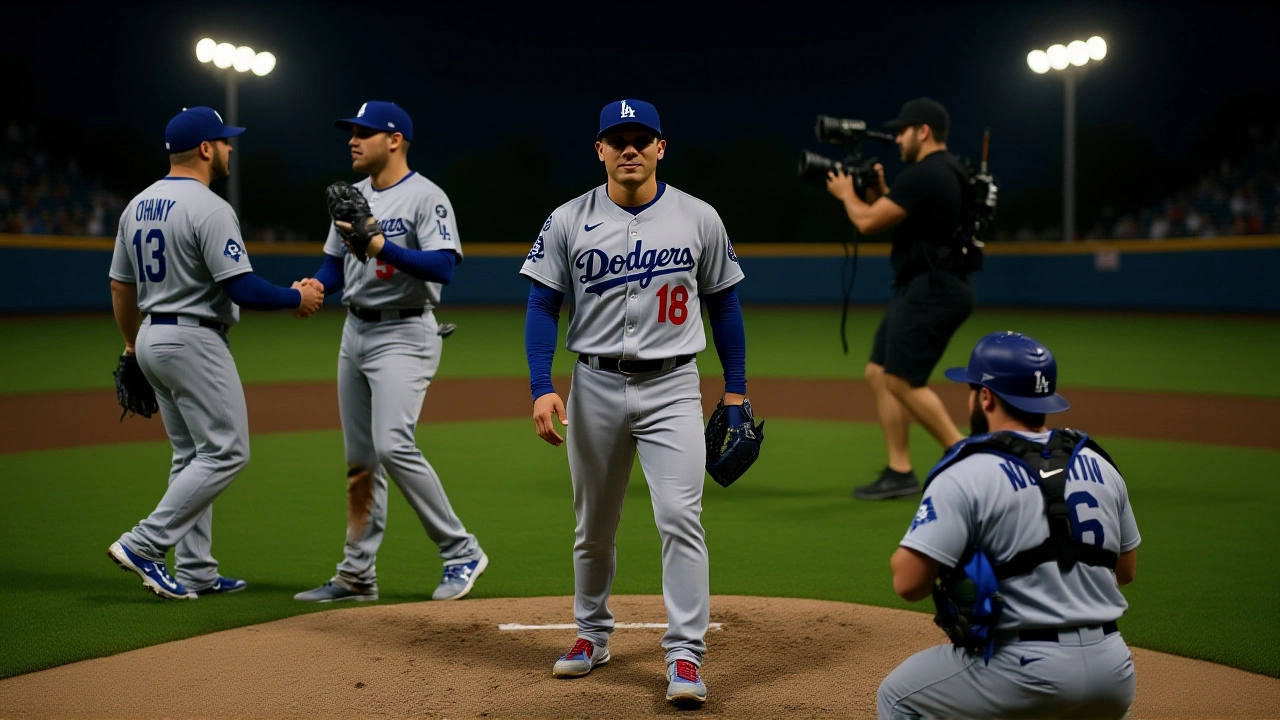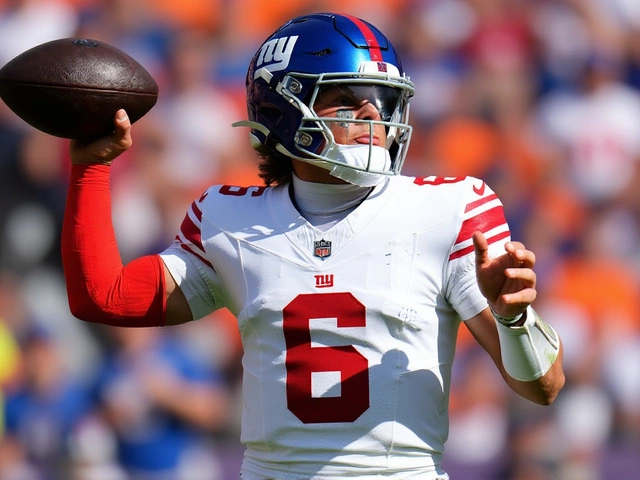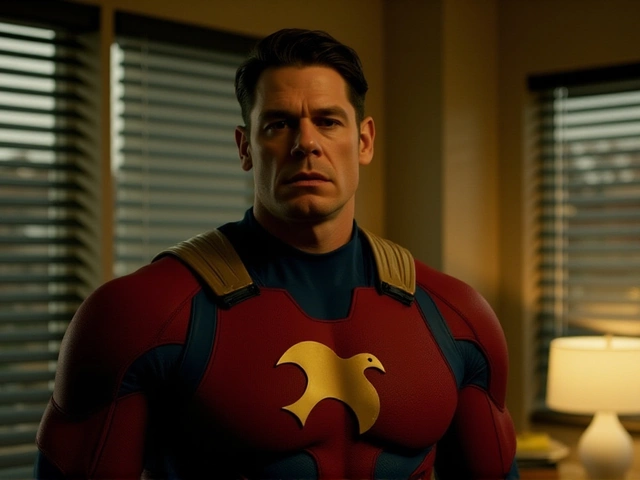
When Blake Snell, starting pitcher for the Los Angeles Dodgers delivered an eight‑inning, one‑hit shutout on October 16, 2025, it felt like the team had slipped a decade back in time.
Snell’s gem came against the Milwaukee Brewers at American Family Field in Milwaukee, Wisconsin, during Game 1 of the 2025 National League Championship SeriesMilwaukee, Wisconsin. The Dodgers seized a 2‑1 win, and the buzz was immediate: were the days of work‑horse starters finally returning?
Why the NLCS performances feel like a throwback
Two days later, Yoshinobu Yamamoto, the Japanese‑born right‑hander, took the mound for Game 2. He threw a full nine‑inning complete game, surrendering just three hits, one run and one walk while fanning seven. The Dodgers rolled to a 5‑1 victory, taking a 2‑0 series lead.
In today’s bullpen‑heavy era, starters finishing games is as rare as a perfect game in October. The last time a team logged back‑to‑back complete games in a postseason series was well before the modern analytics boom. That rarity makes Snell and Yamamoto’s outings especially startling.
Stat sheet: the numbers that set this run apart
- Combined innings pitched by Dodgers starters in the first two NLCS games: 17.0
- Earned run average (ERA): 0.59
- Total hits allowed: 4
- Walks: 1
- Strikeouts: 17
Across the entire eight‑game postseason stretch so far, the Dodgers’ rotation has logged 52.2 innings, given up only 24 hits, issued 13 walks, struck out 63 batters and posted a collective 1.54 ERA. Compare that to the league‑wide average starter ERA of 4.23 this season, and the contrast is stark.
Voices from the dugout and the press
"We’re just doing what we’ve always done—playing our game, trusting our arms," said Houston Mitchell, author of the Dodgers Dugout newsletter, in an email to the Los Angeles Times. "In a time when most clubs rely on relievers for the last three innings, seeing a starter go eight or nine innings feels almost nostalgic. It's a reminder that baseball still has room for the traditional workhorse."
Milwaukee’s manager, Craig Counsell, admitted the Dodgers’ depth “caught us off guard.” He added, "We were prepared for late‑inning bullpen battles, not for a pitcher who just keeps the ball in the zone for nine innings. It forces us to rethink our own game plan."

What this means for the Dodgers' World Series hopes
If the rotation can sustain this level of durability, the Dodgers could reach the World Series with a significantly shortened bullpen load. That would be a strategic advantage, especially against teams that lean heavily on late‑inning relievers.
Manager Dave Roberts has hinted at extending Snell’s and Yamamoto’s outings if they stay effective. "We’ve got a deep staff, but nothing beats a starter who can go deep and keep the offense off the field," Roberts told reporters on October 18.
Historical parallels: 1960s dominance revisited
The comparison to the Dodgers’ 1960s armory is inevitable. Hall of Famers Sandy Koufax and Don Drysdale were the backbone of the 1963 and 1965 World Series victories. In 1963, they, along with Johnny Podres, combined for 35.1 innings, allowing just 21 hits and posting a 1.02 ERA. In 1965, the trio (with Claude Osteen) threw 49.2 innings, surrendering 34 hits and posting a 1.27 ERA.
Fast forward to the modern era, and only Clayton Kershaw matches that decade‑long dominance, boasting a 2.31 ERA over the 2010s with more than 900 innings pitched. The stats line up: Kershaw’s era and Koufax’s 2.36 ERA are the only sub‑2.40 marks over a full decade for a Dodgers starter.
What ties Snell and Yamamoto to those legends isn’t just the raw numbers. It’s the willingness to shoulder the entire game – a mindset championed by Drysdale, who famously said, "Two for one: if a teammate gets knocked down, I knock down two on the other side." That aggressive, iron‑man mentality is resurfacing, and it’s rewriting the narrative of how an elite team constructs a postseason run.

Key takeaways
- Back‑to‑back complete games in the NLCS signal a rare return to traditional starting‑pitcher depth.
- Dodgers’ starters have posted a 1.54 ERA across eight postseason games, dwarfing the league average.
- The performances echo the franchise’s 1960s golden era, drawing direct statistical parallels to Koufax, Drysdale and Kershaw.
- If sustained, the durability could shorten the bullpen’s workload, offering a tactical edge in a potential World Series.
Frequently Asked Questions
How rare are back‑to‑back complete games in the modern postseason?
Since 2000, only eight instances of consecutive complete games have occurred in the MLB postseason, and none involved a team winning both games by a margin of two runs or fewer. The Dodgers’ achievement is the first since the 2014 Royals, highlighting a shift from bullpen‑centric strategies.
What does this mean for the Dodgers' bullpen usage going forward?
If Snell and Yamamoto continue this efficiency, manager Dave Roberts can preserve relievers for tighter, high‑leverage situations later in the series. That could keep fresh arms for a potential World Series, where game‑seven scenarios often demand top‑tier relievers.
How do Snell’s and Yamamoto’s postseason stats compare to Koufax’s 1963 performance?
Koufax posted a 0.50 ERA over 18 innings in the 1963 World Series, allowing just two runs. Snell’s 0.00 ERA over eight innings and Yamamoto’s 1.00 ERA over nine innings are eerily close, especially considering the higher strikeout rate (Snell’s 10 Ks, Yamamoto’s 7) against modern hitting power.
Which Dodgers pitcher is most likely to emulate the durability of Snell and Yamamoto?
Analysts point to Clayton Kershaw as the veteran capable of matching that stamina, given his recent 200+‑pitch outings and a career ERA under 3.00. However, the younger arms of Snell and Yamamoto are already setting a new standard for the roster.
What historical significance does this series hold for Los Angeles fans?
The 2025 NLCS revives the memory of the Dodgers’ 1963 and 1965 World Series triumphs, reminding longtime fans that the franchise’s identity has always been tied to dominant pitching. For a city that celebrated the 2020 championship, this feel‑good narrative strengthens the cultural bond between the team and its supporters.




